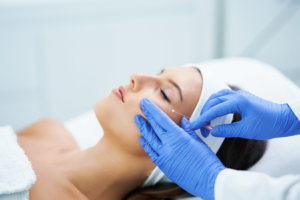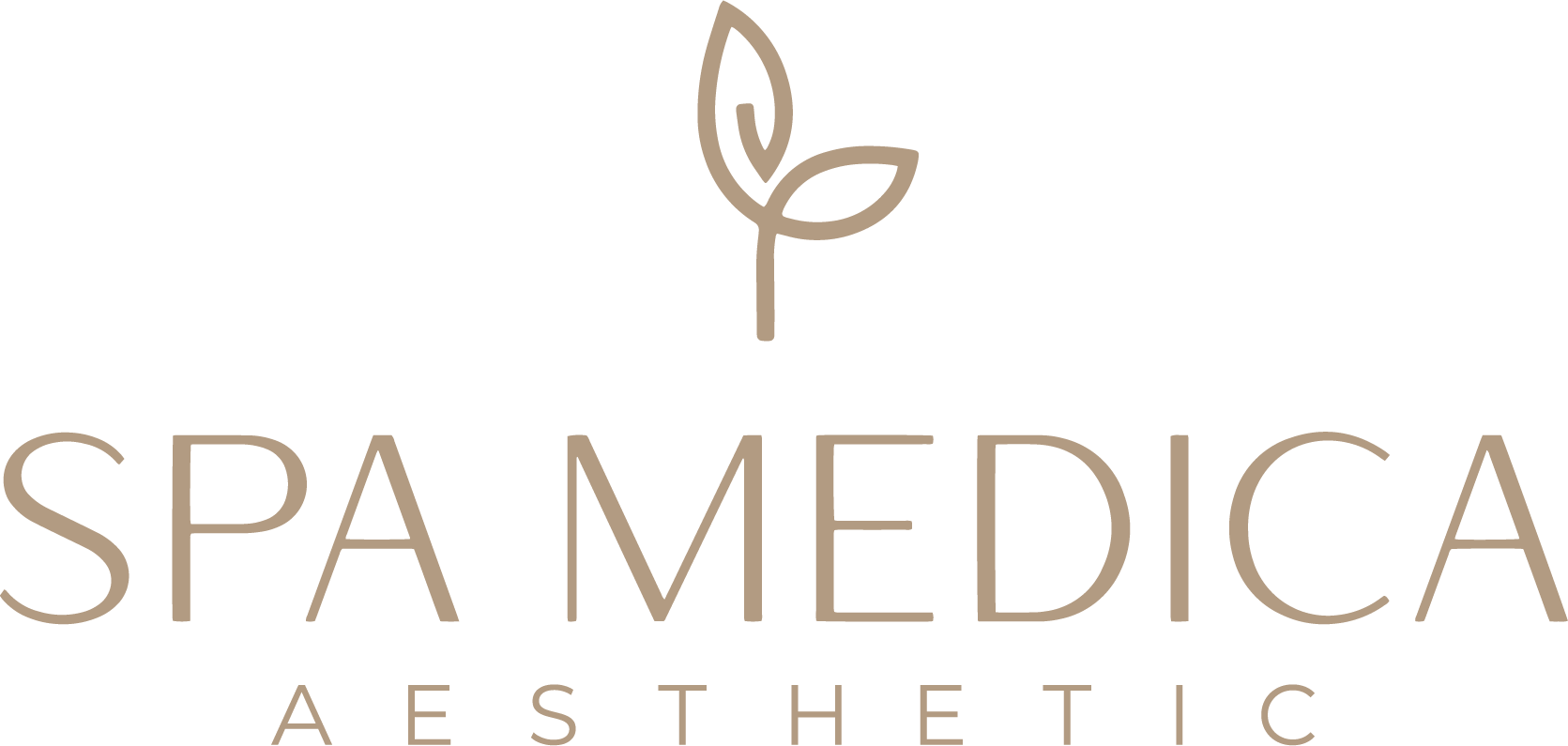
A PDO Thread Lift is a popular, minimally invasive cosmetic procedure that helps rejuvenate the face by lifting and tightening sagging skin. Despite its many advantages, such as reduced downtime and a lower risk of complications than more invasive surgeries, patients must follow proper post-procedure care guidelines.
So we will discuss the importance of aftercare in ensuring optimal results and minimizing complications, as well as provide a comprehensive list of activities to avoid following a PDO Thread Lift. By adhering to these recommendations, you can recover more and achieve your desired youthful, revitalized appearance.
Why Post-Treatment Care Matters
Post-treatment care is essential for lifting PDO thread because it can significantly impact the procedure’s healing process and final results. PDO thread lift involves the insertion of dissolvable threads into the skin to lift and tighten sagging or loose skin. The threads work by stimulating collagen production and tightening the skin over time.
Proper post-treatment care can help reduce the risk of complications, such as infection or thread migration, and promote optimal healing and results. Here are some reasons why post-treatment care is essential:
- Reducing the risk of complications: While PDO thread lift is a minimally invasive procedure, there is still a risk of complications, such as infection or thread migration. Proper post-treatment care, such as keeping the treated area clean and avoiding certain activities, can help reduce the risk of complications.
- Minimizing bruising and swelling: PDO thread lift can cause bruising and swelling, which can be uncomfortable and take time to resolve. Following proper post-treatment care, such as applying ice packs and avoiding certain medications, can help reduce the severity and duration of these side effects.
- Supporting the healing process: PDO thread lift relies on the body’s natural healing processes to achieve optimal results. Proper post-treatment care, such as avoiding certain activities and following a healthy lifestyle, can support the body’s healing processes and improve the final results.
- Enhancing the longevity of results: The results of PDO thread lift can last for several months to over a year, depending on the patient’s skin quality and the number of threads used.
Activities To Avoid Immediately After A PDO Thread Lift
To optimize your recovery and protect the results of your PDO Thread Lift, avoiding certain activities immediately following the procedure is essential. Here’s a closer look at some exercises to prevent and why they may be harmful during the initial healing phase:
- Strenuous physical activity: Refrain from intense exercises and activities that increase your heart rate and blood pressure for the first few days following your procedure. This helps prevent increased swelling and potential thread dislodgment. Your practitioner will guide you on when you can safely resume your regular workout routine.
- Touching or manipulating the treated area: Avoid touching, rubbing, or manipulating the treated area to minimize the risk of infection and thread damage. Be gentle when cleansing your face, and follow your practitioner’s guidelines for post-treatment skincare.
- Sleeping on the treated area: To prevent pressure on the treated area while sleeping, lie on your back with your head slightly elevated using pillows. This position helps reduce swelling and ensures the threads remain appropriately placed.
Steering clear of these activities immediately after your PDO Thread Lift can minimize the risk of complications and give your body the best chance to heal correctly.
Skincare And Cosmetic Precautions
Proper skincare and cosmetic precautions play a significant role in ensuring a successful recovery and maintaining the results of your PDO Thread Lift. Here’s what you need to know:
- Avoid certain skincare products: In the days following your procedure, avoid using harsh or abrasive products, including exfoliants, chemical peels, and retinoids. These products can irritate the treated area and potentially hinder the healing process. Opt for gentle, fragrance-free cleansers and moisturizers your practitioner recommends for post-treatment care.
- Temporarily avoiding makeup: To allow your skin to heal and minimize the risk of infection, it’s essential to avoid applying makeup to the treated area for at least 24-48 hours, or as your practitioner advises. Once you’ve received the go-ahead to wear makeup again, gently apply and remove it to avoid disturbing the threads.
- Sun protection and avoiding heat exposure: Protecting your skin from sun exposure is crucial during healing. Use broad-spectrum sunscreen with an SPF of 30 or higher, and wear a wide-brimmed hat outdoors. Additionally, avoid excessive heat exposure, such as saunas, hot tubs, and hot showers, as they can increase swelling and prolong healing.
Taking these skincare and cosmetic precautions can support healing, prevent complications, and ensure the best possible outcome from your PDO Thread Lift. Always follow your practitioner’s guidelines and recommendations for post-treatment care.
Lifestyle Factors To Consider
Certain lifestyle factors should be considered during the healing process to ensure a successful recovery and enhance the results of your PDO Thread Lift. Here’s a closer look at these factors and how they can impact your recovery:
- Avoiding alcohol and smoking: Consuming alcohol or smoking can negatively affect your blood flow and healing. Avoiding these substances for at least a week before and after your PDO Thread Lift is crucial. Staying well-hydrated by drinking plenty of water can also aid healing and promote optimal results.
- Adhering to a healthy diet: Eating a balanced and nutritious diet is essential in healing. Focus on consuming foods rich in vitamins, minerals, and proteins that aid tissue repair and recovery. Foods such as lean meats, fish, nuts, seeds, fruits, and vegetables can support your body’s natural healing mechanisms. On the other hand, avoid processed foods and those high in sugar, as they can cause inflammation and hinder the healing process.
When To Resume Activities And Seek Professional Advice
A successful PDO Thread Lift recovery relies on knowing when to resume activities and when to seek professional advice. Here are some guidelines to help you navigate this aspect of your recovery:
- Timeline for resuming activities: The timeline for resuming activities can vary depending on individual factors and the extent of the treatment. Generally, you can return to most of your daily activities within a few days. However, following your practitioner’s recommendations regarding when to resume more strenuous activities or workouts, typically after a week or two, is essential.
- Recognizing potential complications: While complications are rare with PDO Thread Lifts, it’s crucial to be aware of potential issues and when to consult your practitioner. Signs of infection or other complications may include excessive redness, swelling, increased pain, or discharge from the treated area. If you notice these symptoms or are concerned about your recovery, contact your practitioner for advice.
Takeaway
If you want to improve the appearance of sagging or loose skin, consider PDO thread lift with Spa Medica Aesthetic. Our experienced team of medical professionals can help you achieve the natural-looking results you desire. Don’t wait any longer; book a consultation today or contact us anytime and take the first step toward a more youthful and rejuvenated appearance!

